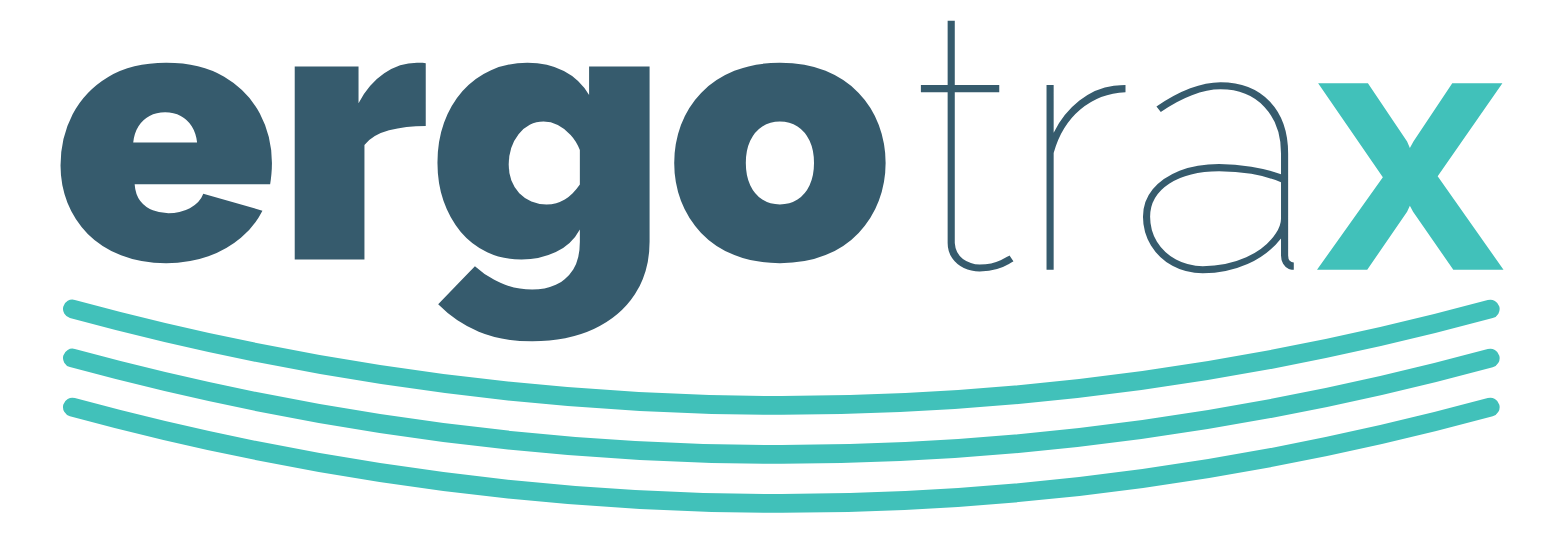ErgoTrax
Ergonomics that works
-
rgonomics may sound complex, but at its foundation are three simple but powerful pillars: fit, function, and flow. These principles apply to almost every kind of work environment, from offices and classrooms to hospitals and factories. The first pillar is fit—how well the workstation matches the worker. That means adjustable chairs and desks, yes, but…
-
It starts with a small ache—a worker rubbing their shoulder or adjusting their back mid-task. Left unchecked, this minor discomfort can become a chronic injury, affecting productivity, morale, and ultimately, the company’s bottom line. In manufacturing, these injuries aren’t just a health issue; they’re a business issue. Every workday lost to musculoskeletal disorders (MSDs) is…
-
In many manufacturing settings, workers perform hundreds—even thousands—of repetitive motions per shift. Whether it’s reaching, twisting, bending, or lifting, these movements build up wear and tear on the body, often leading to injuries that seem to “suddenly” appear. But the truth is, most of these incidents are preventable with the right ergonomic insights. One of…
-
In today’s performance-driven business landscape, every investment must show a return. Fortunately, ergonomics consistently proves itself as a smart and efficient investment. Research from various industries has shown that companies can earn between 2.5 and 6 times their initial spending on ergonomic interventions. That’s not speculation—it’s data-backed reality. These returns come from multiple directions. Fewer…
-
There’s a common misconception that ergonomic improvements always come with a hefty price tag—adjustable desks, advanced chairs, or high-end accessories. But the truth is, some of the most impactful changes cost little to nothing and can be implemented almost immediately. A well-positioned monitor, a chair adjusted to the right height, or a keyboard placed at…
-

Ergonomics, derived from the Greek words “ergon” (work) and “nomos” (natural laws), is the scientific discipline focused on designing tasks, workspaces, tools, and systems to fit the capabilities and limitations of the human body. The primary goal of ergonomics is to optimize human well-being and overall system performance by reducing discomfort and the risk of…
-

In fast-paced manufacturing environments, efficiency and safety are key drivers of success. Yet, one of the most overlooked contributors to both is ergonomics — the science of designing jobs, tools, and workspaces to fit human capabilities. When implemented correctly, ergonomics can drastically reduce workplace injuries, especially work-related musculoskeletal disorders (WMSDs), while also improving employee productivity…
-

Many companies view ergonomics as a secondary concern, something to think about once major issues are solved. But in reality, poor ergonomic practices often hide in plain sight, silently draining resources and slowing down business growth. One of the most significant consequences is increased absenteeism. When employees are working in discomfort, they’re more likely to…
-

This paragraph serves as an introduction to your blog post. Begin by discussing the primary theme or topic that you plan to cover, ensuring it captures the reader’s interest from the very first sentence. Share a brief overview that highlights why this topic is important and how it can provide value. Use this space to…
-

This paragraph serves as an introduction to your blog post. Begin by discussing the primary theme or topic that you plan to cover, ensuring it captures the reader’s interest from the very first sentence. Share a brief overview that highlights why this topic is important and how it can provide value. Use this space to…
